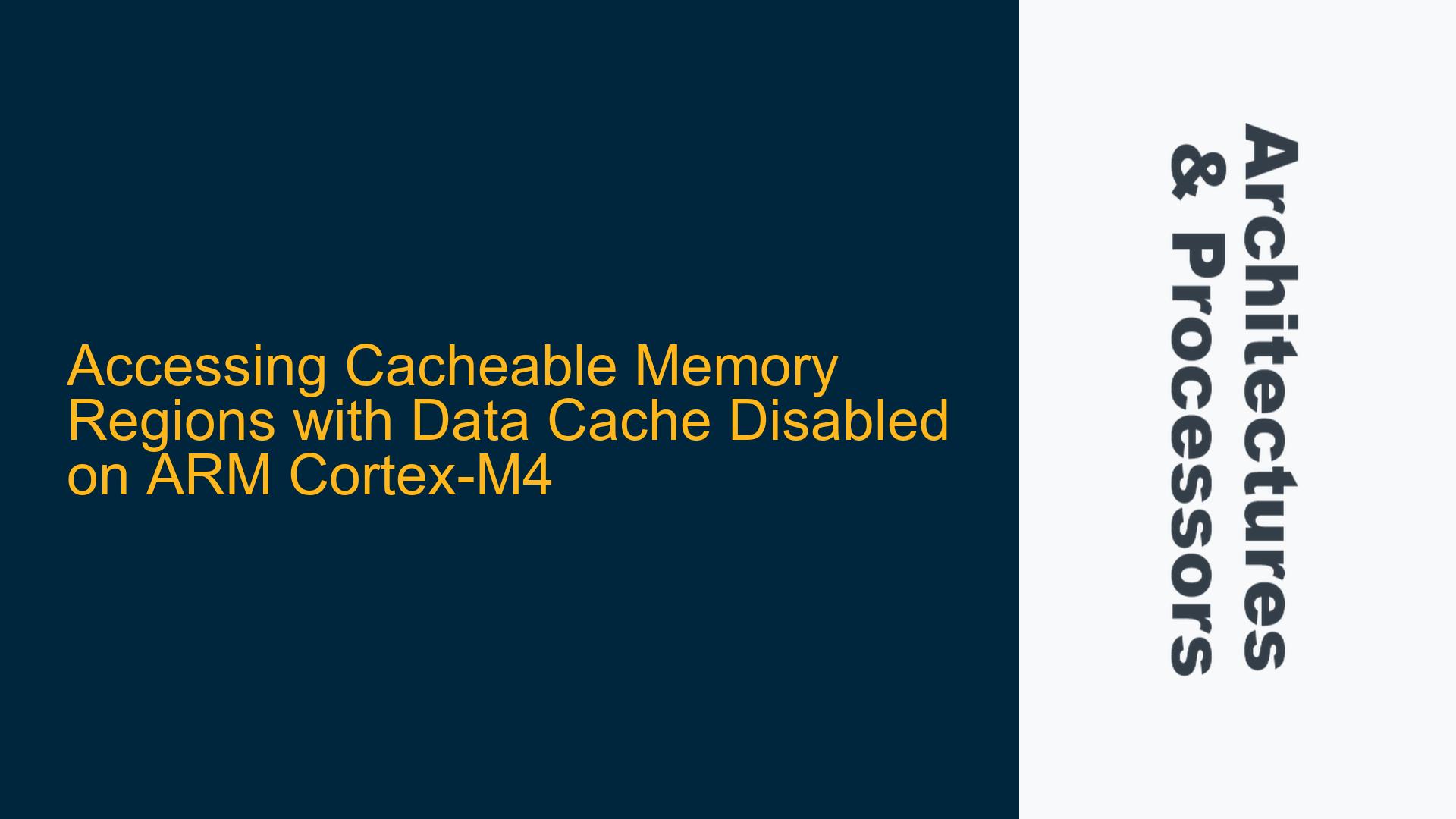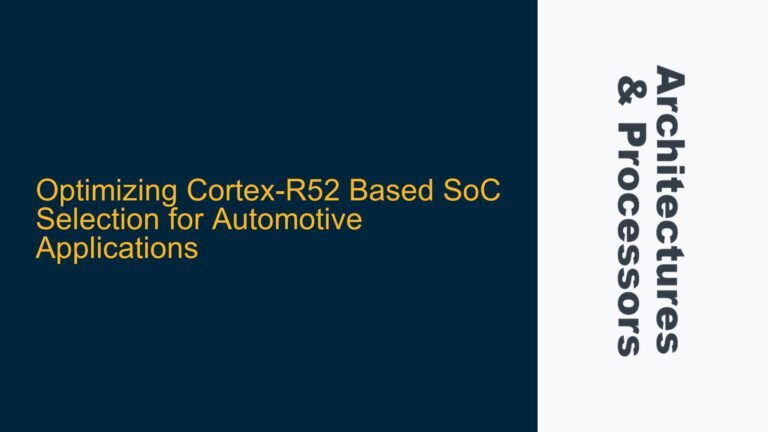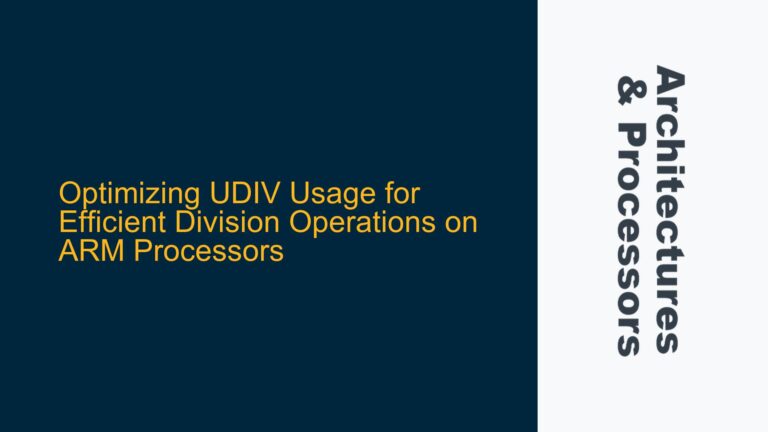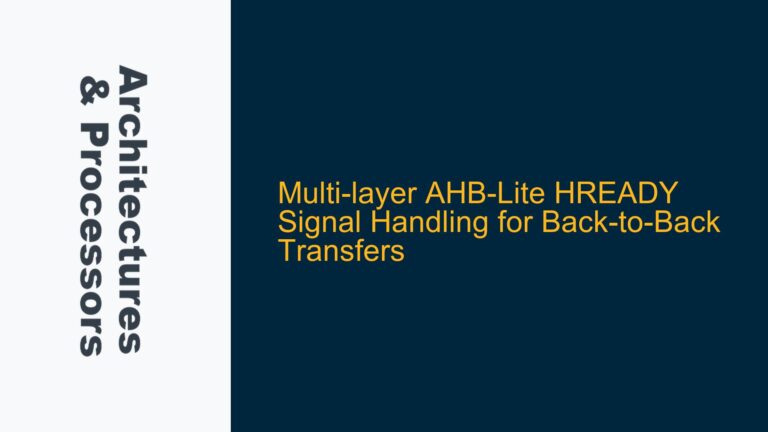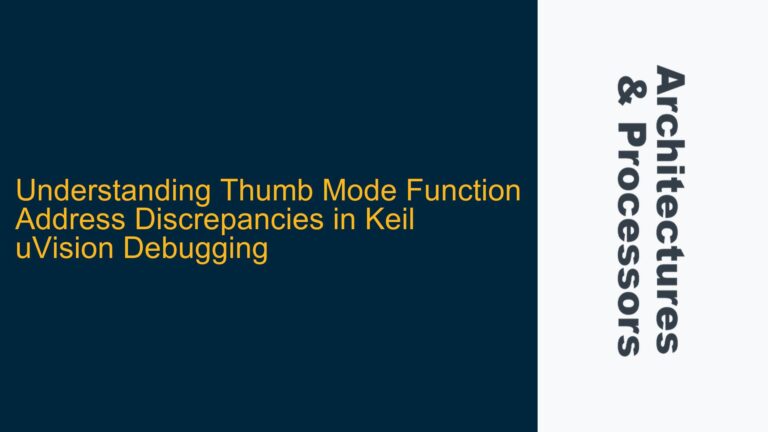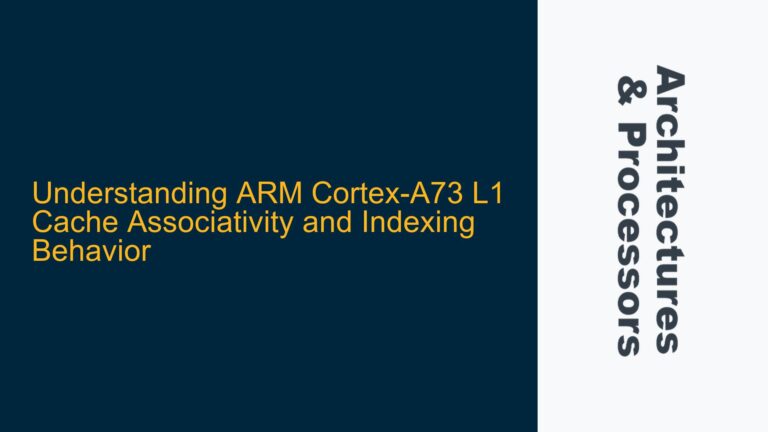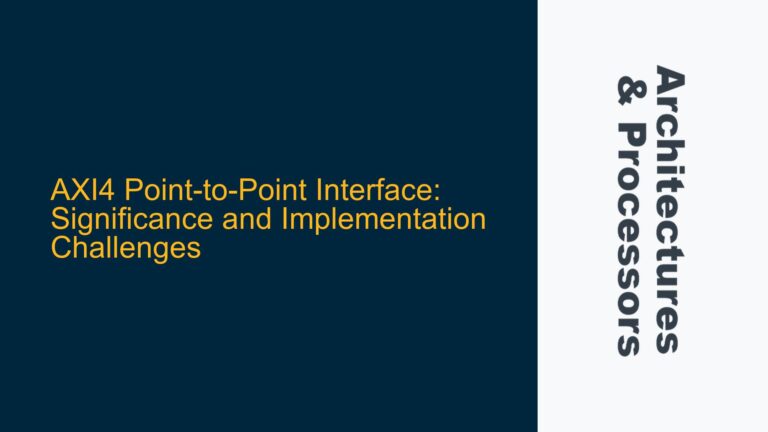External SRAM Burst Waveform Errors with Cacheable Memory and Disabled Data Cache
The core issue revolves around accessing external SRAM regions marked as cacheable in the MMU page tables while the data cache is disabled. This configuration leads to errors in the burst waveform during memory access. The system in question has the MMU enabled, the data cache disabled, and the external SRAM region configured as cacheable with write-back, read-write, and allocate attributes. The primary concern is whether accessing cacheable memory regions with the data cache disabled is permissible and, if so, why waveform errors are occurring.
When the data cache is disabled, the ARM processor treats all memory accesses as non-cacheable, regardless of the cacheability attributes specified in the MMU page tables. This behavior is documented in the ARM Architecture Reference Manual (ARM ARM) under section D7.5.5, which explains how the SCTLR_ELx.C bit controls the caching behavior of memory accesses. However, the interaction between the MMU, cacheability attributes, and the data cache disable bit can lead to subtle hardware-software interaction issues, particularly when dealing with external memory interfaces like SRAM.
The burst waveform errors suggest that the memory subsystem is not behaving as expected. Burst accesses are typically used to optimize memory bandwidth by transferring multiple consecutive memory locations in a single transaction. When the data cache is disabled, the processor issues non-cacheable memory transactions directly to the external SRAM. However, the cacheability attributes in the MMU page tables may still influence the behavior of the memory controller or the bus interface, leading to mismatched expectations between the processor and the memory subsystem.
Memory Controller Behavior and Cacheability Attribute Mismatch
One possible cause of the burst waveform errors is a mismatch between the cacheability attributes specified in the MMU page tables and the actual behavior of the memory controller or bus interface. When the data cache is disabled, the processor treats all memory accesses as non-cacheable, but the memory controller may still interpret the cacheability attributes from the MMU page tables. This discrepancy can lead to incorrect signaling or timing on the memory bus, resulting in waveform errors.
For example, if the memory controller expects cacheable transactions (e.g., with write-back or allocate attributes) but receives non-cacheable transactions due to the disabled data cache, it may not handle burst accesses correctly. This can manifest as incorrect address or data signaling, improper burst lengths, or timing violations on the memory bus. Additionally, the memory controller may not perform the necessary write buffer management or read prefetching for non-cacheable transactions, further exacerbating the issue.
Another potential cause is the lack of proper memory barriers or cache maintenance operations when transitioning between cacheable and non-cacheable memory accesses. Even though the data cache is disabled, the processor may still issue cache maintenance operations based on the cacheability attributes in the MMU page tables. If these operations are not handled correctly, they can interfere with the memory transactions and cause waveform errors.
Implementing Correct Cacheability Configuration and Memory Barrier Usage
To resolve the burst waveform errors, it is essential to ensure that the cacheability attributes in the MMU page tables align with the actual behavior of the memory subsystem when the data cache is disabled. This involves configuring the MMU page tables to mark the external SRAM region as non-cacheable when the data cache is disabled. By doing so, the memory controller will receive consistent non-cacheable transactions, avoiding any mismatches in signaling or timing.
Additionally, proper memory barriers should be used to ensure that all memory transactions are completed before transitioning between cacheable and non-cacheable memory regions. The ARM architecture provides several memory barrier instructions, such as Data Synchronization Barrier (DSB) and Data Memory Barrier (DMB), which can be used to enforce ordering and completion of memory accesses. These barriers are particularly important when dealing with external memory interfaces, as they ensure that all pending transactions are flushed from the write buffer and completed on the memory bus.
Furthermore, cache maintenance operations should be performed to invalidate or clean the data cache if there is any possibility of accessing the same memory region with both cacheable and non-cacheable attributes. This prevents cache coherency issues that can arise from accessing the same memory location with different caching policies. The ARM architecture provides cache maintenance instructions, such as DCISW (Data Cache Invalidate by Set/Way) and DCCSW (Data Cache Clean by Set/Way), which can be used to manage the cache state explicitly.
In summary, the burst waveform errors when accessing external SRAM with cacheable memory regions and disabled data cache can be resolved by ensuring consistent cacheability attributes in the MMU page tables, using proper memory barriers, and performing necessary cache maintenance operations. By aligning the software configuration with the hardware behavior, the memory subsystem can operate correctly, and the waveform errors can be eliminated.
